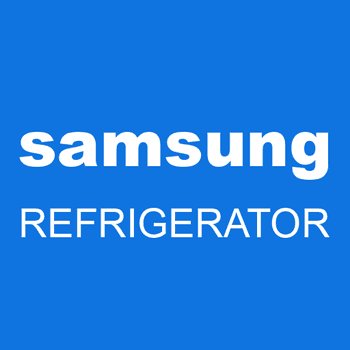
Picture this: You walk into your kitchen, ready to grab a snack, and there it is—an “E1” flashing on the display of your refrigerator. It might seem confusing or even alarming, but there’s no need to panic. An error code is just your fridge’s way of communicating that it needs a bit of attention. Think of it like a car’s check engine light. It’s a signal that something isn’t quite right, and it needs to be addressed sooner rather than later.
Understanding the E1 Error Code
The E1 error code specifically relates to a problem with the refrigerator’s sensor. Sensors in your fridge are like the little detectives that gather information and ensure everything is running smoothly. They monitor temperatures to make sure your food stays fresh. When the fridge displays an E1 code, it means the unit has detected an issue with one of these sensors.
You might be wondering, why would a sensor suddenly have a problem? Well, there could be a few reasons. Sometimes, it’s as simple as the sensor being out of alignment, or there might be an internal glitch. Other times, it could be due to a buildup of frost or ice around the sensor area, interfering with its ability to function properly.
Here’s the deal: While it’s not a cause for immediate panic, it is important to address it promptly. Ignoring the E1 code can lead to inefficient cooling, which might cause your food to spoil faster or your energy bills to rise as the fridge works harder to maintain the set temperature.
Diagnosing the E1 Error Code
So, what should you do if you see this error code? First, don’t worry—there are some straightforward steps you can take. Begin by checking the user manual for your specific refrigerator model. The manual often provides troubleshooting tips and details about error codes. If you’re like most of us and this is a little too technical, don’t hesitate to call Samsung’s customer service line. They can guide you through some basic checks over the phone.
Next, take a look inside your refrigerator. Is there any noticeable ice build-up around the back or sides? If so, your first step might be to defrost the fridge. You can do this by turning off the refrigerator and leaving the doors open for a few hours. Once everything has melted, turn it back on and see if the error has disappeared.
If there’s no visible ice build-up or if defrosting doesn’t solve the issue, it could be time to check the sensor itself. This is a bit like giving your car a quick tune-up. The sensor is usually located in the upper part of the fridge. Make sure it’s free from obstructions and clean. Sometimes, simply adjusting it back into place can resolve the error.
Preventing Future E1 Errors
Now, let’s talk about preventing these pesky errors from popping up again in the future. Regular maintenance is key to keeping your refrigerator in top shape. Think of it as giving your fridge a check-up every so often. Start by periodically checking the seals on your refrigerator doors. If they aren’t sealing properly, cold air can escape, leading to temperature fluctuations that affect the sensors.
Also, pay attention to the placement of food in your fridge. Avoid stuffing too much food against the back wall, as this can block sensors and disrupt airflow. Ensure you’re cleaning the interior regularly to prevent any build-up of grime or frost.
Another handy tip is to keep the refrigerator at an optimal temperature setting. This ensures the sensors aren’t working overtime. Typically, the recommended setting is around 37°F (3°C) for the fridge and 0°F (-18°C) for the freezer. Keeping these settings in check can extend the life of your fridge and minimize errors.
In conclusion, while seeing an E1 error code might initially seem concerning, it’s usually an issue that can be resolved with a bit of attention and care. By understanding what the E1 code signifies, how to respond to it, and how to prevent it, you can keep your Samsung refrigerator running smoothly and efficiently. If ever in doubt, remember that professional help is just a call away.